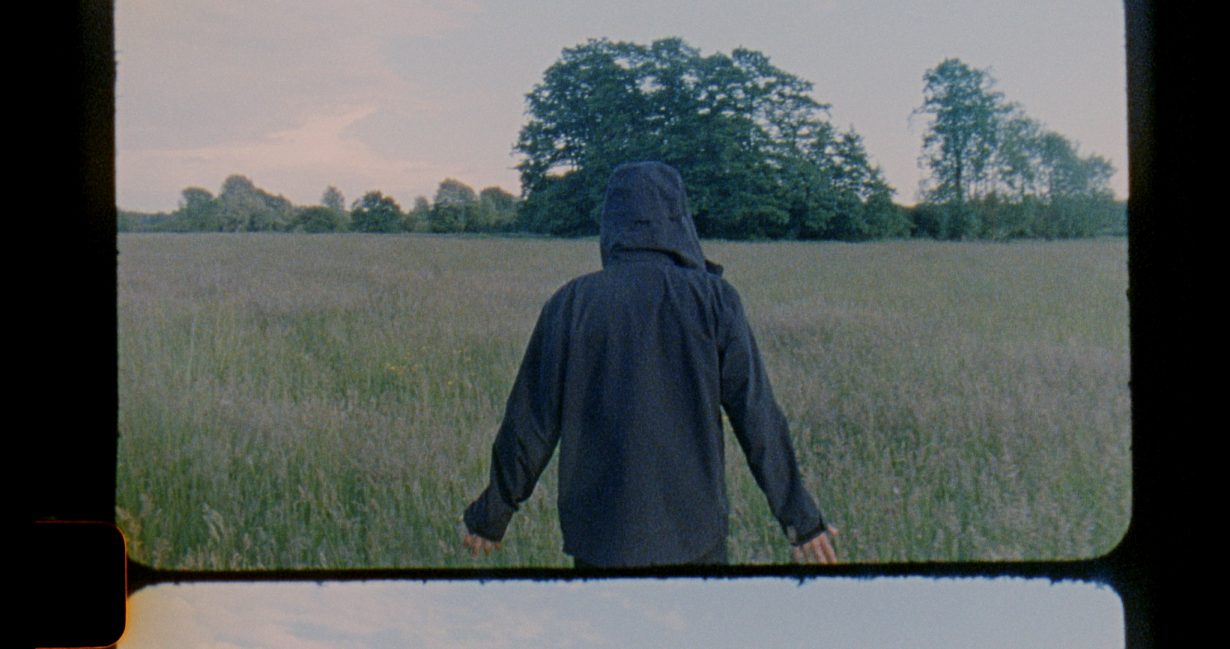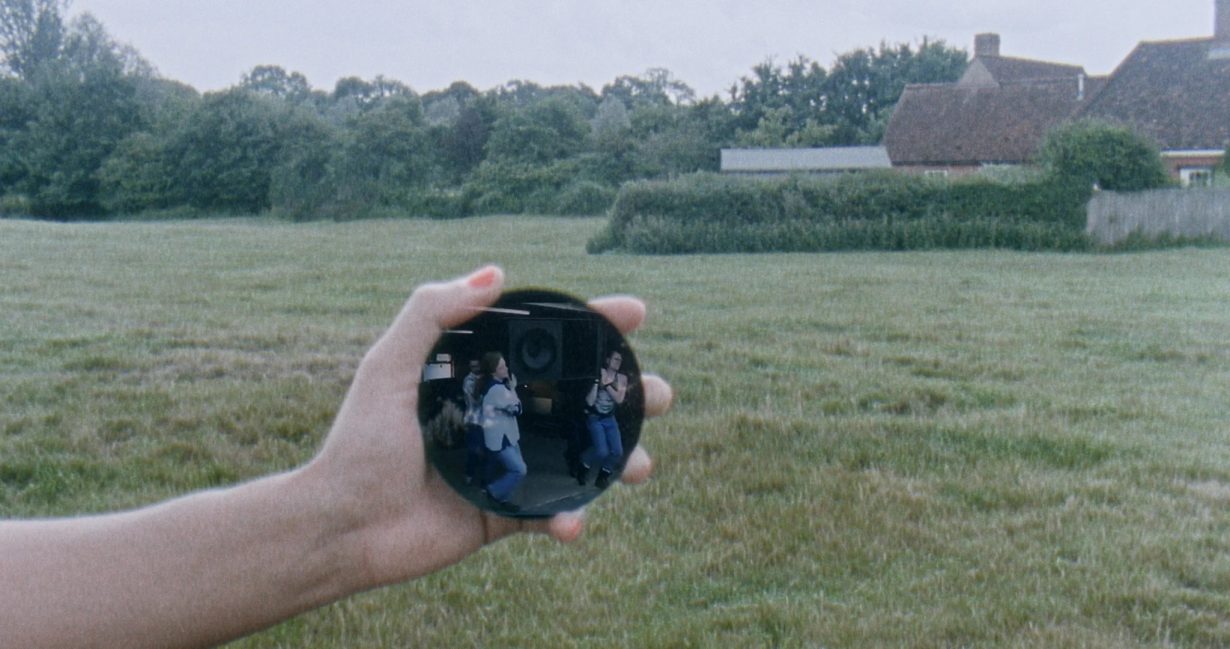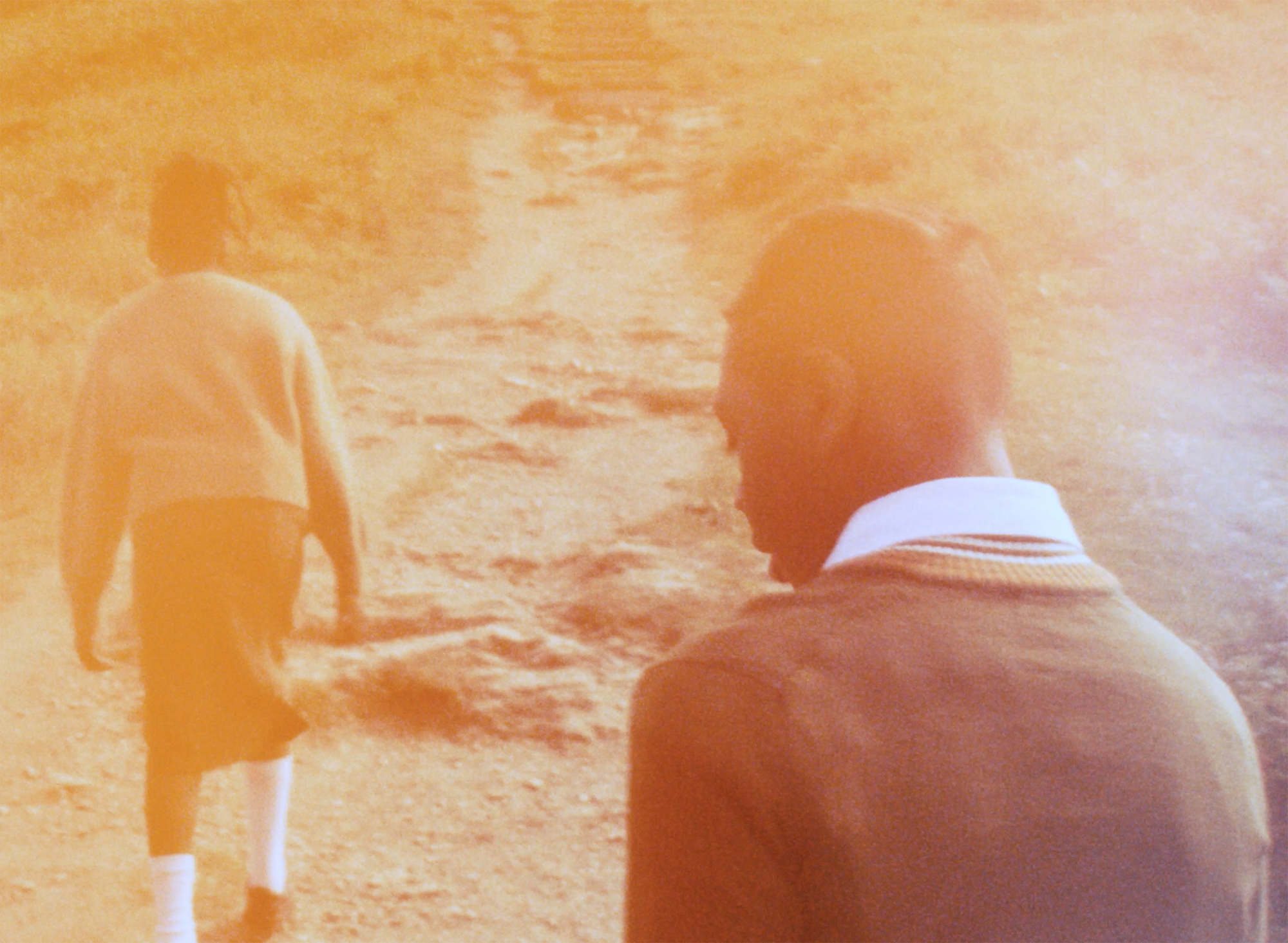Three films ask, who has a right to the great outdoors and who is excluded from it?
‘Urban’ as a byword for blackness sits uneasily with some, yet it is rooted in the fact that non-whites account for only one percent of visitors to national parks despite making up 13% of the national population. The pandemic’s restrictions on foreign travel brought up issues about a sense of alienation in the countryside, with some black visitors feeling like the flies in the milkbowl – discriminated against or at least unsure as to how they’ll be treated in areas with a perceived reverence for tradition.
It is against this background that the Independent Cinema Office commissioned Right of Way as part of a touring film project, some archival and some specific to the project, celebrating the history and legacy of the National Trails in England. At London’s LUX, three short films by Dan Guthrie, Arjuna Neuman and Ufuoma Essi explore representations of blackness in the English rural landscape. Guthrie and Essi’s films don’t directly address the national debate over land rights and access, but focus purely on racial alienation in the countryside. And yet all three inevitably ask, who has a right to the great outdoors and who is excluded from it?

In Dan Guthrie’s Black Strangers, the artist is in ‘conversation’ with a man – also called Daniel – who was buried in Nympsfield in 1719, and is described in a bishop’s transcript as ‘a black stranger’. In the film, Guthrie is shown walking in a wood as he speaks to this deceased Daniel via softly spoken voiceover. He speculates over their physical similarities, and whether anyone was “there for him”, a question that suggests racism and isolation are issues that go back centuries. Did his experience mirror that of Guthrie’s, whose presence (sans dog and poo bag) in this rural landscape draws suspicion? “I don’t know you, Daniel, but I really want to know you,” Guthrie says. He searches for his namesake in these woods where the continuity of the landscape offers a connection between them. Guthrie recounts the hounding he gets from go-back-to-where-you-come-from chauvinists.
Throughout the film, we do not see Guthrie’s face. The facelessness of these two Daniels speaks to a feeling of anonymity that spans the generations, in a landscape as fixed as its prejudices. Guthrie wishes he could have been there for Daniel, with Daniel, and so his reaching out to a dead person seems the ultimate act of loneliness. There are shots of vegetation, the leaf-strewn soil, a piece of cloth snagged on barbed wire. Particularly evocative is the image of a black hooded coat suspended from a tree branch, appearing ghostly, faceless, dangling like ‘strange fruit’. The ending takes a sudden, upbeat turn, however, with Guthrie saluting his namesake and comrade in arms with a congratulatory firework display, a visual coda that is a deliberate contrast to the mood of the film.

The sense of persecution is absent in the next film, Arjuna Neuman’s Syncopated Green, a meditation on rave culture in the backwoods. From the start Neuman challenges the traditional view of the countryside by overlaying with syncopated rhythms close-up pans across paintings by (or similar to) Gainsborough, Turner and Constable – shoe buckles, in which men stand with proprietorial pride next to horses – evoking a nostalgia in all its bucolic whiteness. The lens moves outdoors to the countryside where someone is seen holding a Claude glass (one of those 18th-century rounded instruments that could transform, in writer Amelia Soth’s words, ‘any jumble of trees and rocks into a vision of painterly charm: framed and set apart from the rest of the landscape, colour palette… bathed in gentle, hazy light’). Neuman’s Claude glass initially reflects clouds and people from a Gainsborough-esque painting – so far so traditional. But then a car is seen cruising along a motorway. It transports us back to the countryside, except now it’s filled with multiracial ravers dancing among the greenery. The glass returns in the form of a scrying mirror: a blackened reflective surface used for divination, to see the world ‘as otherwise’. Dancing in its frame are ethnically diverse revellers (one of them gives the finger), which counters the narrative of the countryside as quiet, unchanging and homogenous. Ravers come together in an assertive communality and hedonism that contrasts with the loneliness of Dan Guthrie’s Gloucestershire woods. Neuman’s repurposed countryside is a joyfully disruptive reminder that nothing is fixed.

In the third and final film, Ufuoma Essi’s Pastoral Malaise, three black kids – two girls and a boy – hang out in a gorgeous West Country seaside location. Dressed in school uniforms, their attire suggests a familiarity with the landscape as they amuse themselves unsupervised, clambering among stone ruins and doing hand-clapping games. But while her mellifluous tone complements the beauty of the landscape and carefree child play, her elegy, especially its last lines, is barbed:
Dream asleep in the sand of foreign lands,
Not this here England,
English pastures new,
But you can’t make a life from dreams or songs
For the land we can’t claim.
The acapella background folk vocals by African-American singer Dorris Henderson are at once African and Celtic-sounding, a cultural fusion that mirrors the vision of these black kids moseying through this English idyll. And accompanying these scenes is the voiceover of an older Jamaican-accented woman who is recollecting a happy childhood spent among the fields of England. It’s a bleak ending, but if her aim to convey the pain associated with such beauty then she has succeeded. But along with Guthrie’s film it’s somewhat one-note in their focus with race and alienation.
Right of Way: Ufuoma Essi, Dan Guthrie, Arjuna Neuman at LUX, London, through 18 March – and touring UK cinemas through September
